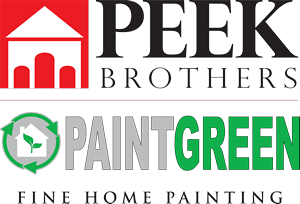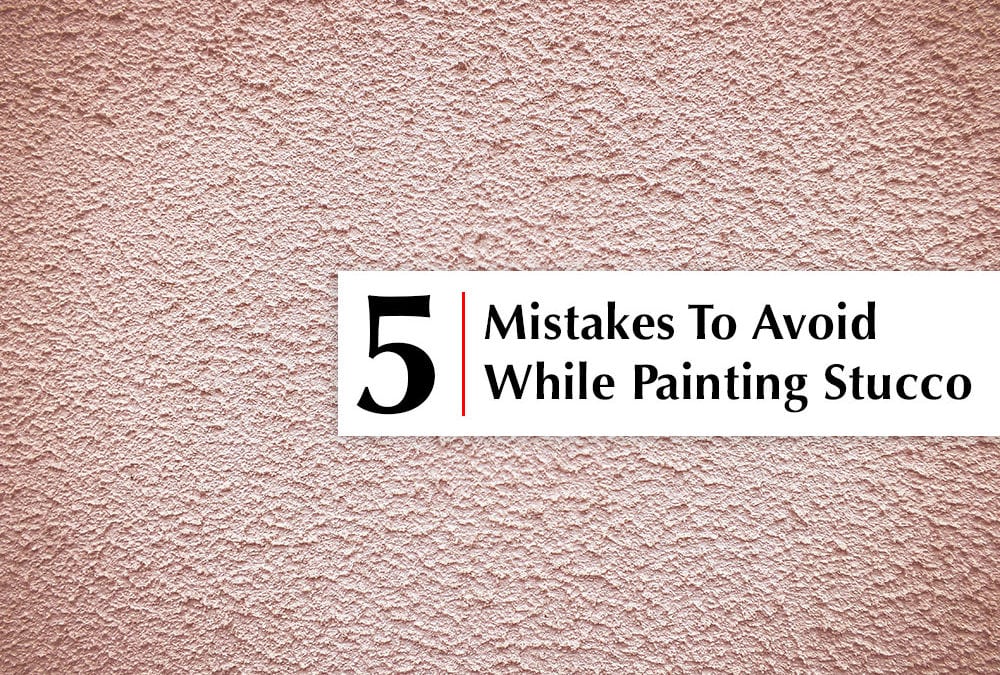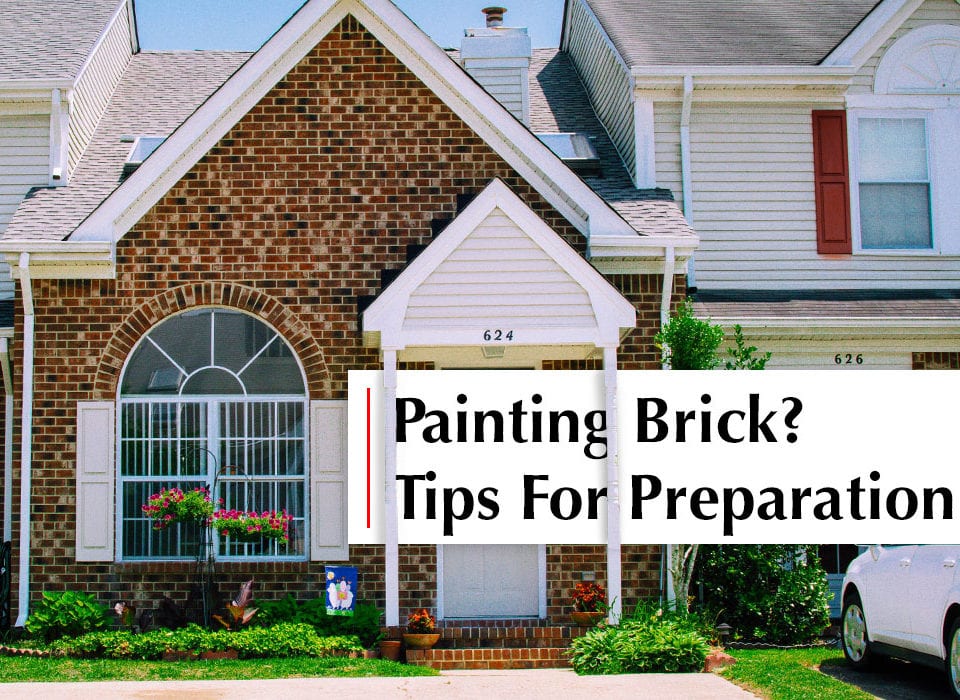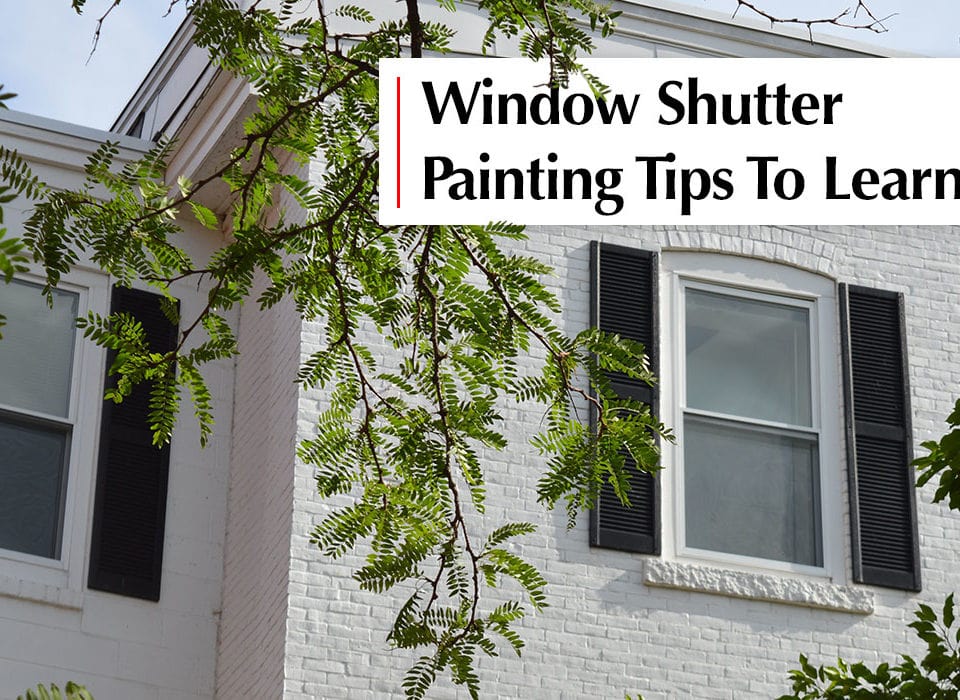Painting Stucco? Here Are 5 Errors You Should Not Make in University City, CA

7 Places You Can Use Pink In Painting Your Home in La Jolla, CA
April 10, 2021
7 Tips For Improving Your Porch in Point Loma, CA
April 24, 2021Painting Stucco? Here Are 5 Errors You Should Not Make in University City, CA
The exterior of your home can be quite difficult to paint, and this can be more so the case if your home is made of a material that is not that commonly found –though of course if you’re familiar with it, you can be assured that it will be a bit easier for you.
No matter what your experience with stucco, if you make one of a few critical errors, it’s entirely possible that your exterior painting project could end up costing you more and take a significantly longer period of time
Let’s now look at five mistakes to avoid while painting stucco in University City, CA
1. Not Allowing Stucco To Cure
One of the big mistakes that people make when they apply stucco to their home exterior is that they do not wait at all for the stucco to cure before they start the painting process.
Stucco is not like other exterior surfaces — it’s not like how you have a wooden exterior and can get right into the painting process.
Instead, you have to wait for the stucco to fully cure – for if you do not do so, your paintwork will not look right and you will ultimately have to fix the errors.
2. Not Waiting For Stucco To Dry Before Painting
If you are thinking that we are already talking about something that has been discussed in the first part, this is not the case at all.
This is instead more referring to how you always have to make sure that you allow the surface of your stucco to dry after you clean it or even after you apply the first coat of paint.
If you ignore this and do not fully allow the surface to dry, you will have long-term issues.
3. Ignoring Stucco Issues
There is a rather unfortunate tendency of people to think that by painting your stucco exterior, you’re going to automatically fix any issue that you may have there.
This is not the case — paint is not the thing that is going to fix things like cracks in the surface or even dents — there are ways that you can correct these issues and only after you have made the corrections can you go on to paint.
4. Not Testing The PH Of The Stucco Prior To Painting
The pH level of your stucco is extremely important during the painting process — more specifically, you have to make sure that the pH level is just right before you paint the exterior of your stucco home.
Specifically, if you find that upon testing your pH is over ten, you’re not going to want to paint and you will want to take measures to bring your pH level down.
If you choose to paint over the stucco surface despite the fact that the pH level is not correct, you are going to likely cause quite a lot of damage to it and end up with an unpleasant paint job.
5. Not Painting It With The Right Tools
Lastly, when you are painting the surface of your stucco home you have to make sure that you have the right tools for the job — meaning the right tools for applying the paint to the stucco.
Though a typical exterior paint job can include things like paintbrushes, paint rollers, and tools for spraying paint, this is not the case for a stucco exterior.
You can use a paint roller and you can even spray paint your stucco exterior, but you cannot use a paintbrush quite as successful and it is recommended that you stick to the other two methods to apply the paint to the exterior.
At Peeks Brothers Painting, we use only high-quality painting products from reputable manufacturers for guaranteed durability and quality of the final paint job.
Book a FREE estimate below or call us at (858)505-1361 if you have any questions.
Related: 6 Tips To Keep Your Interior Paint Job Less Messy
7 Tips To Create A Good Accent Wall in Del Mar, CA
Top 4 Steps to Follow When Painting Interior Walls





